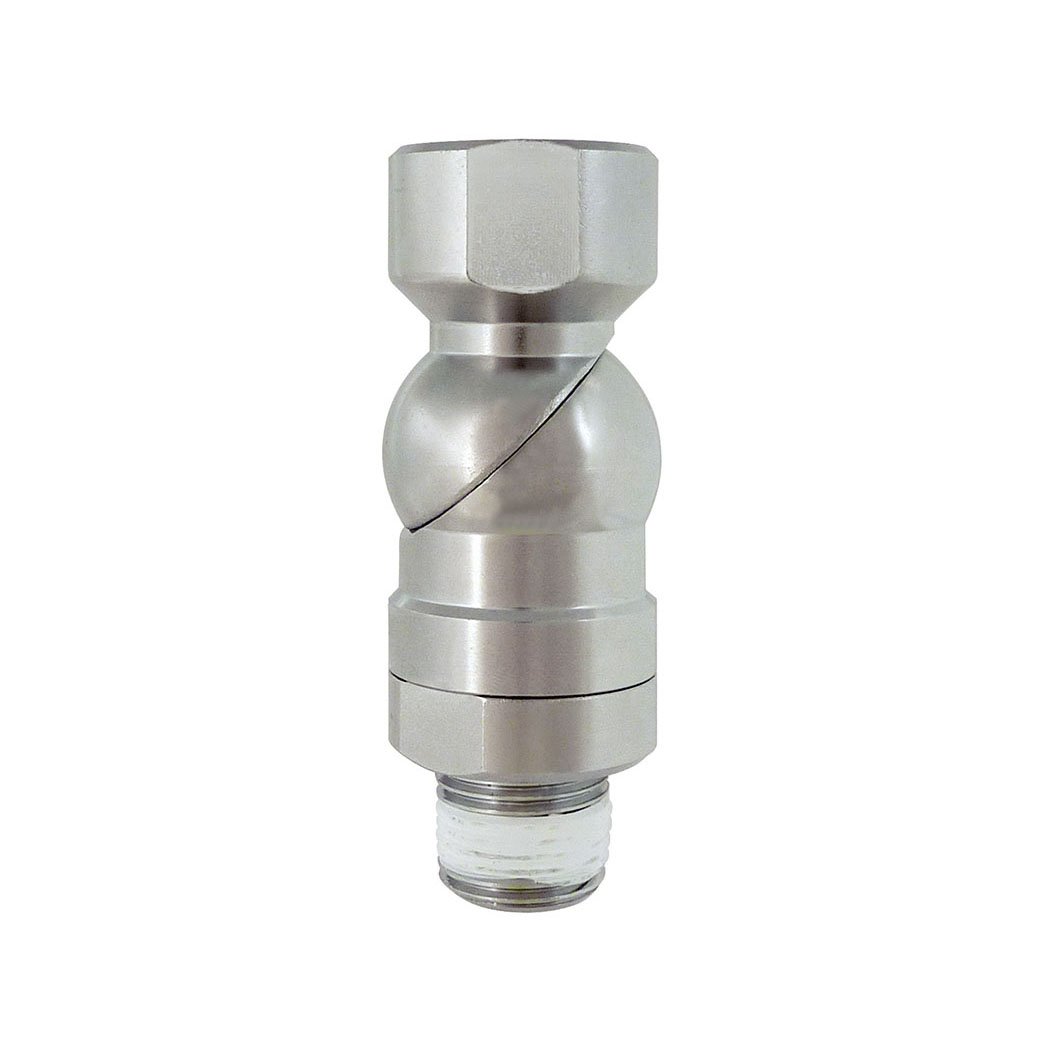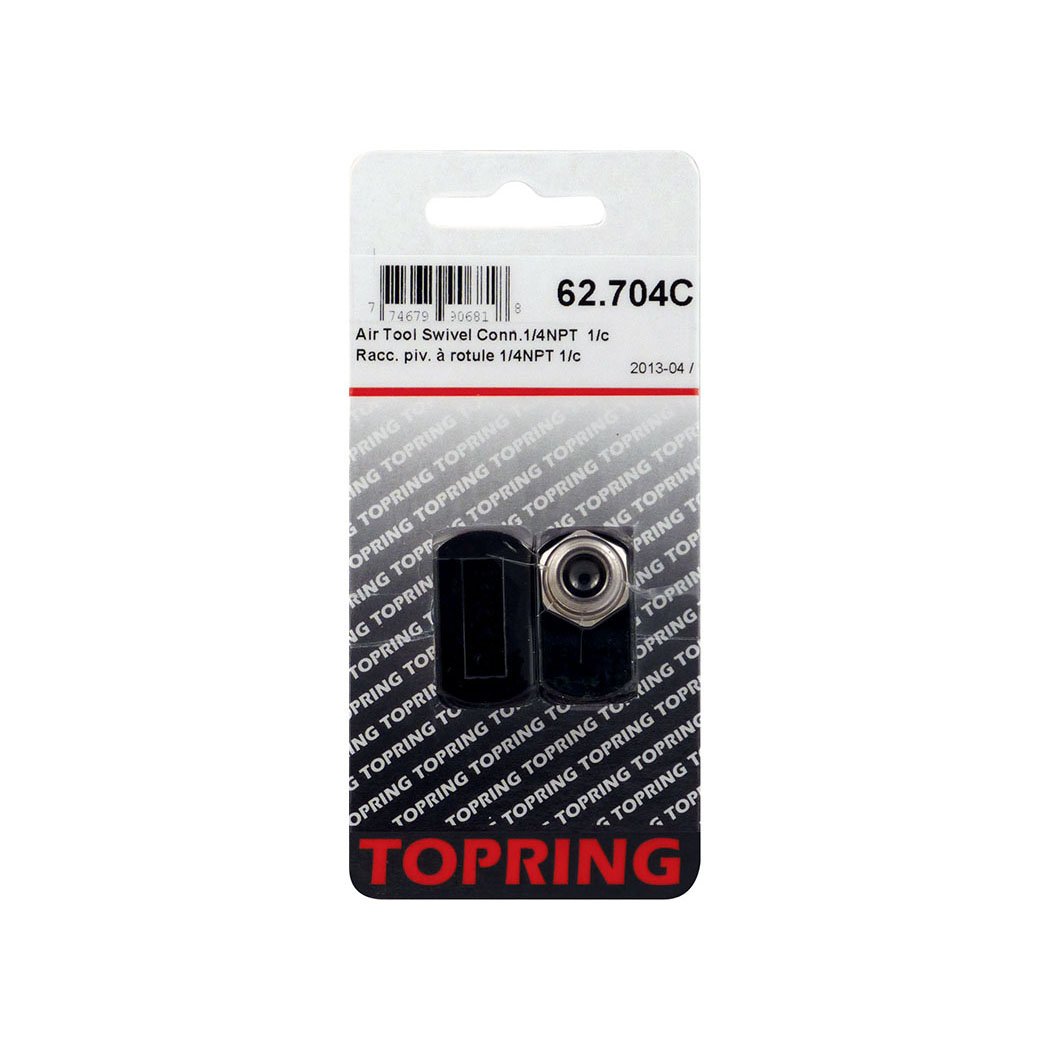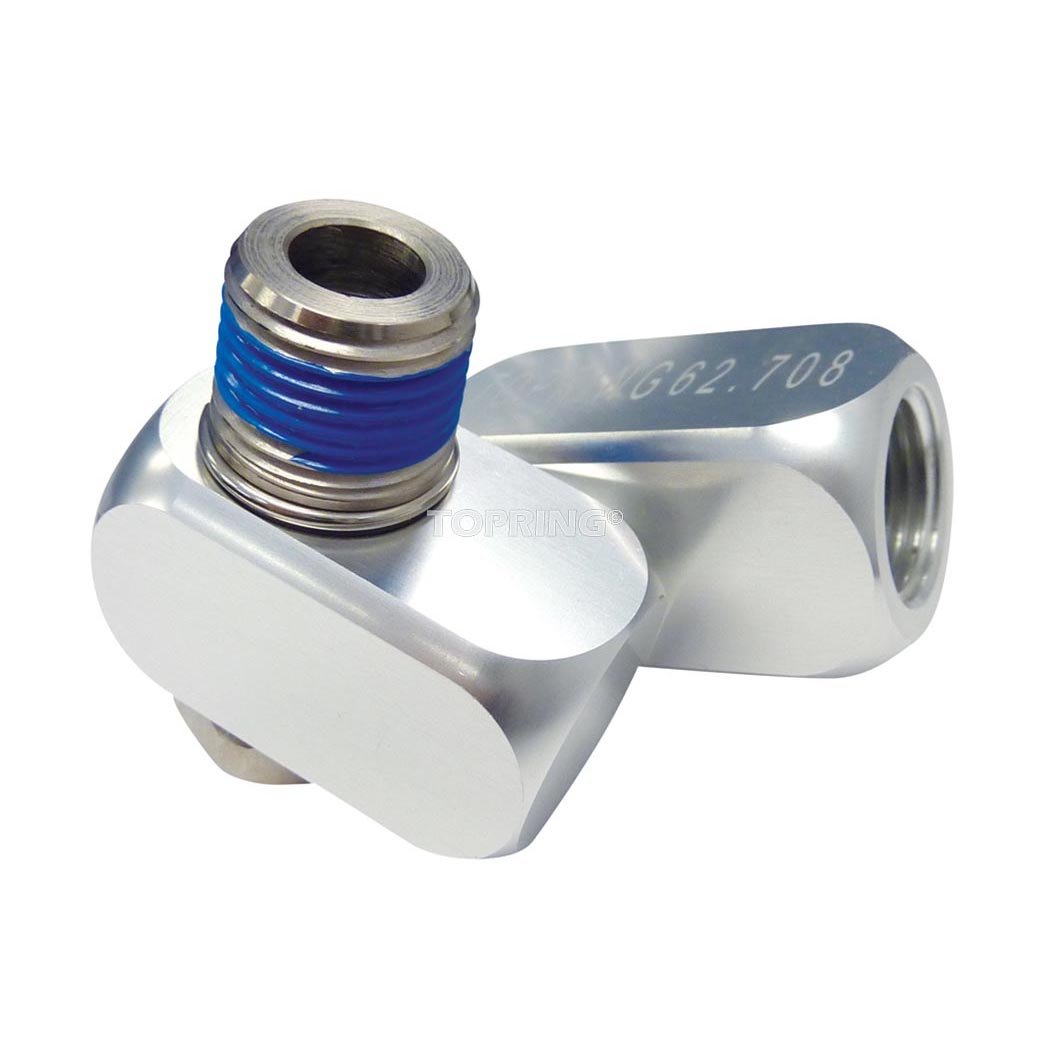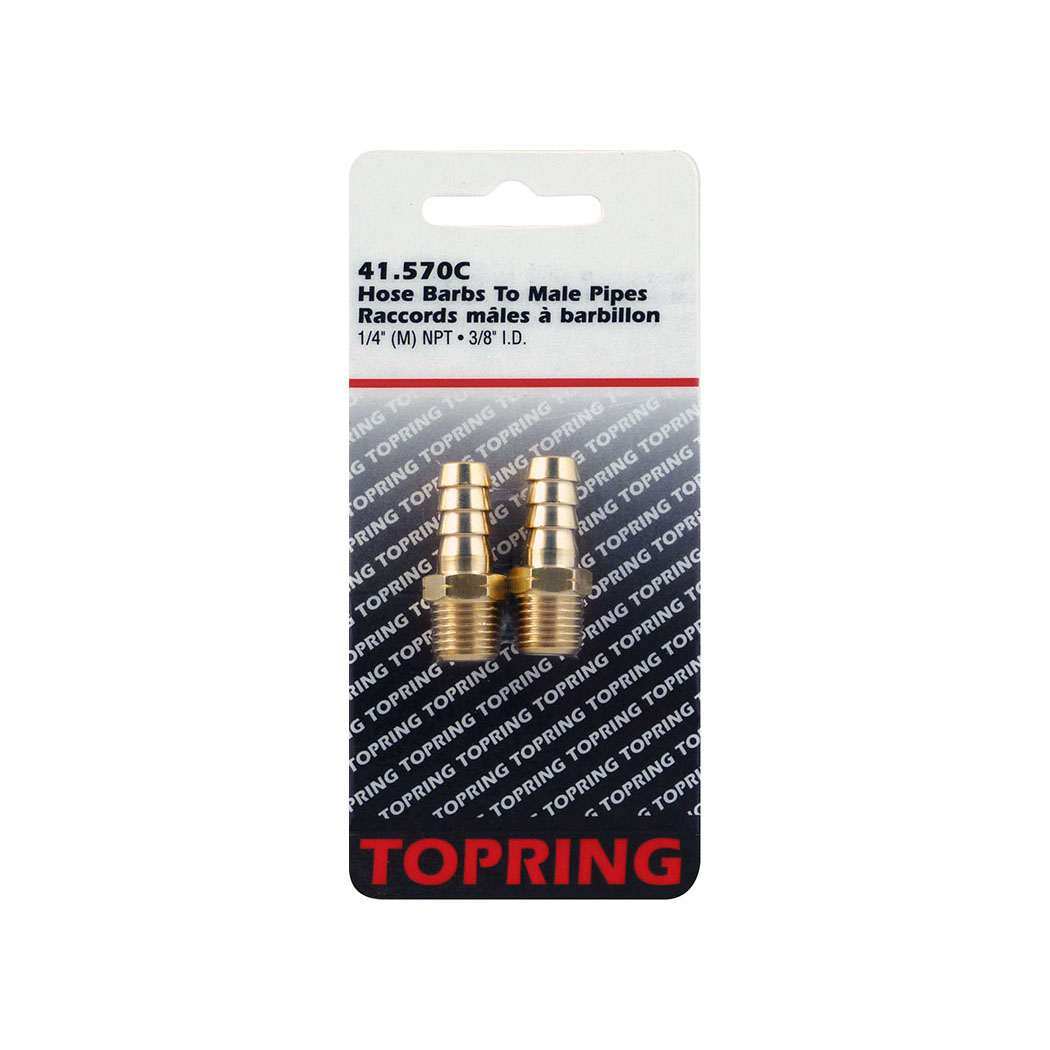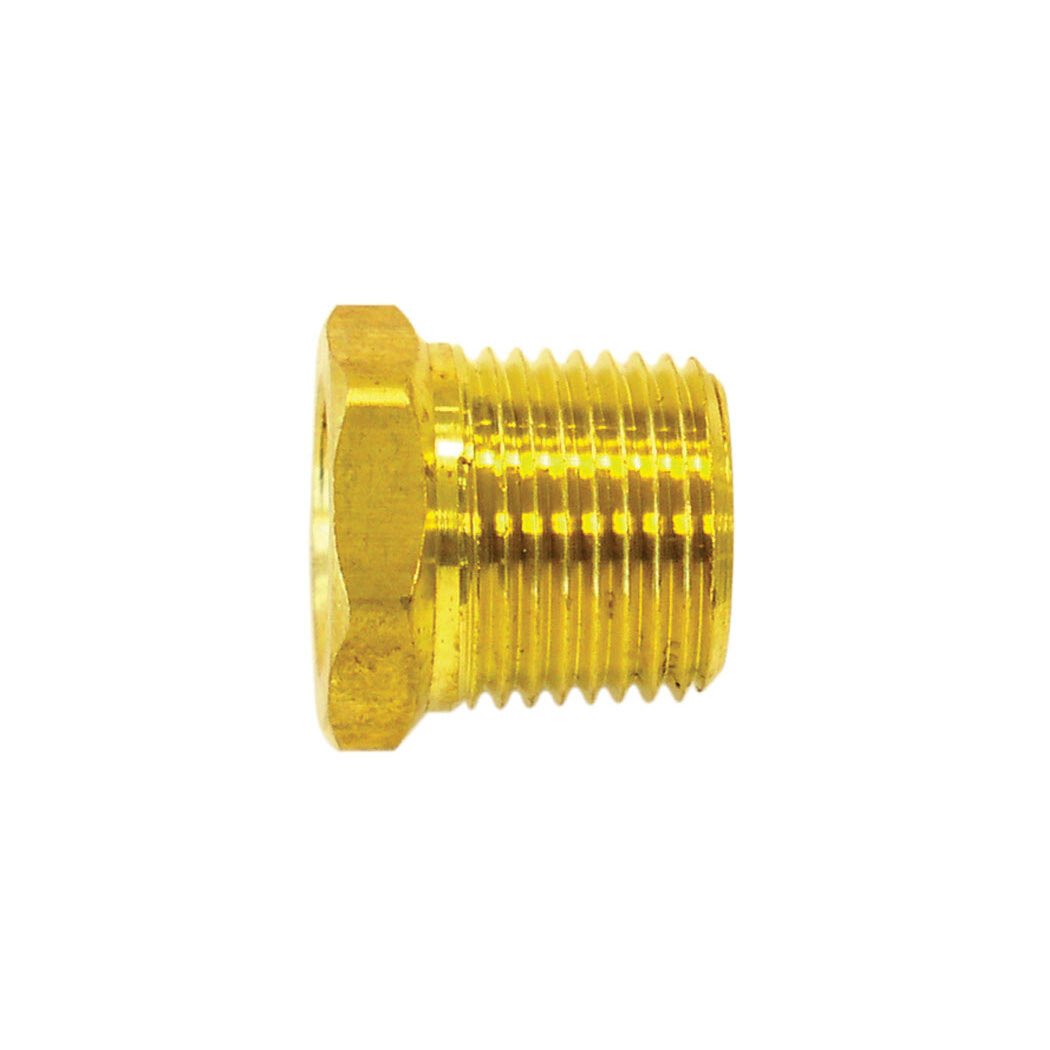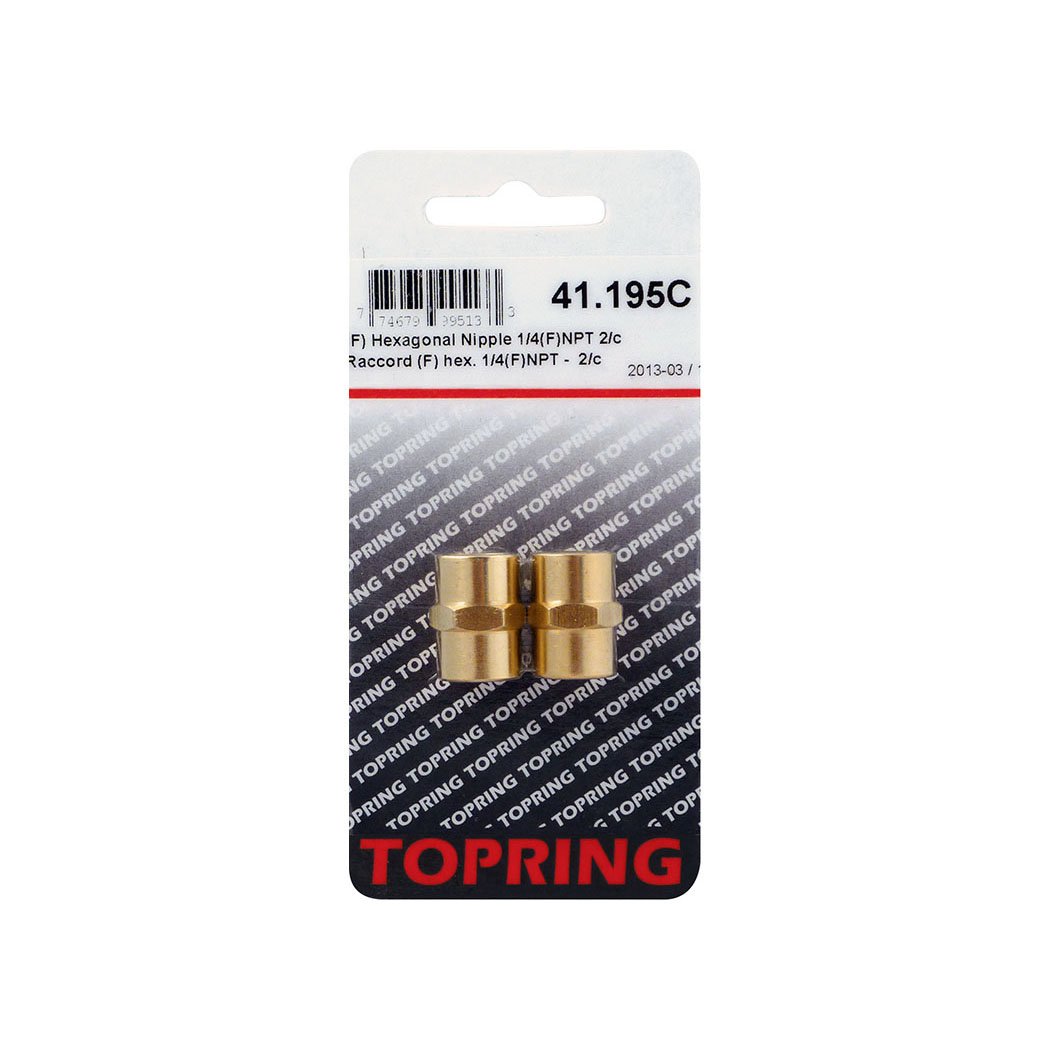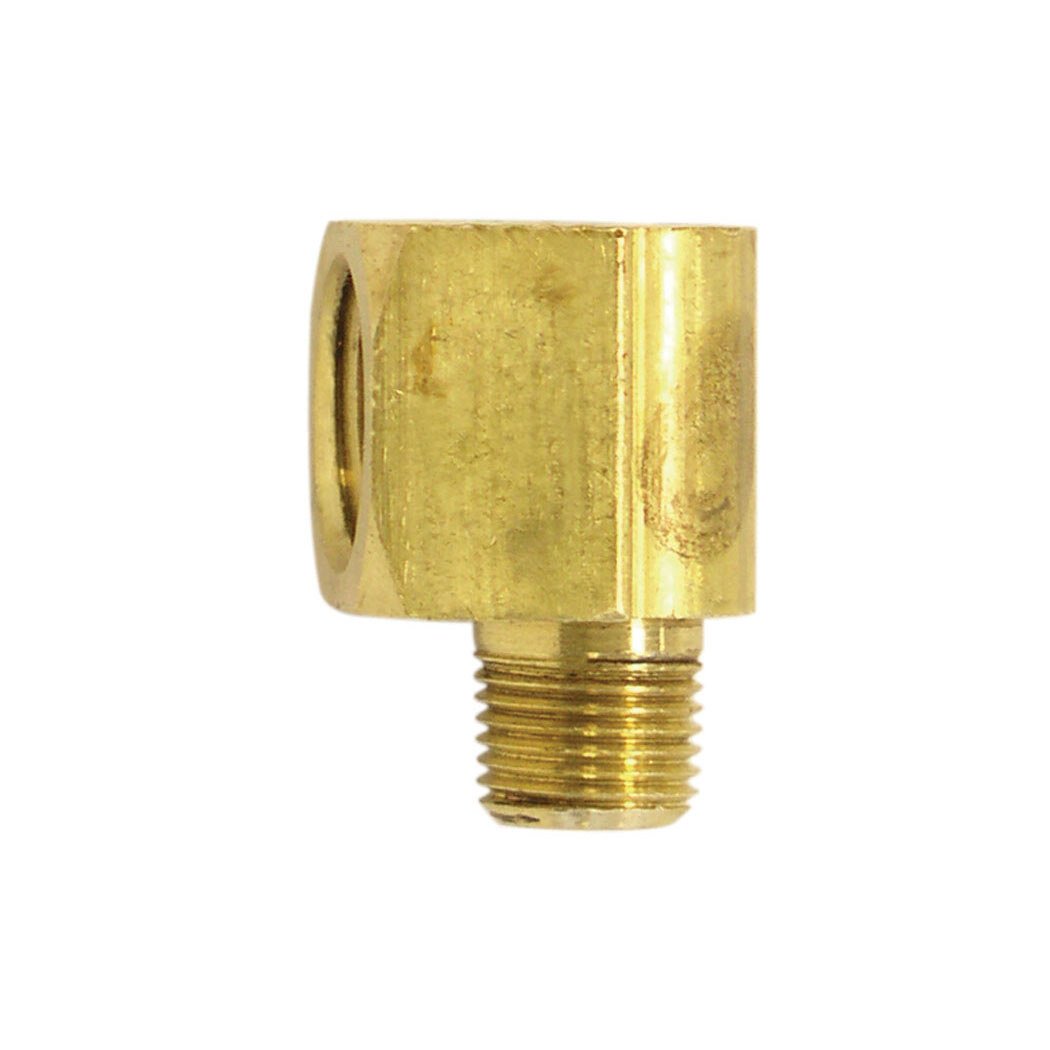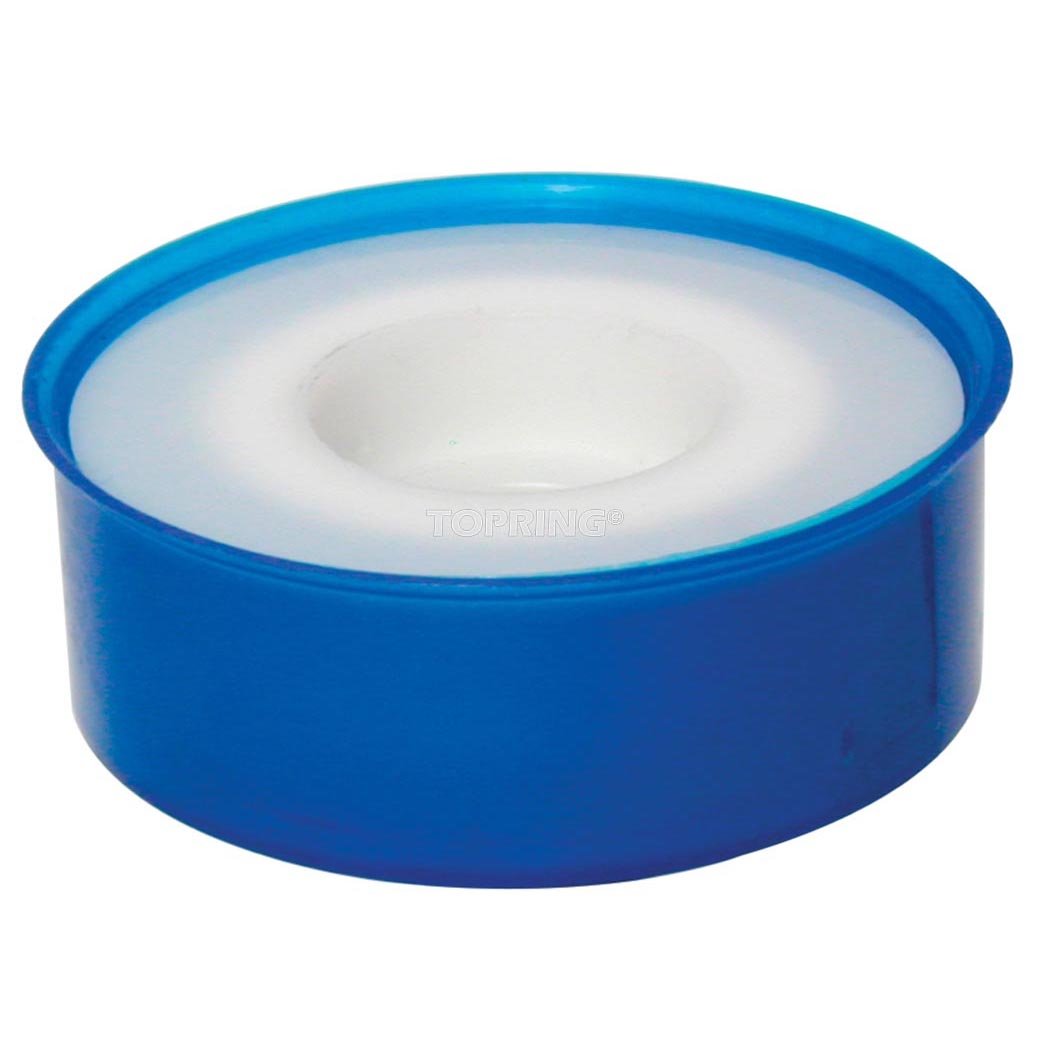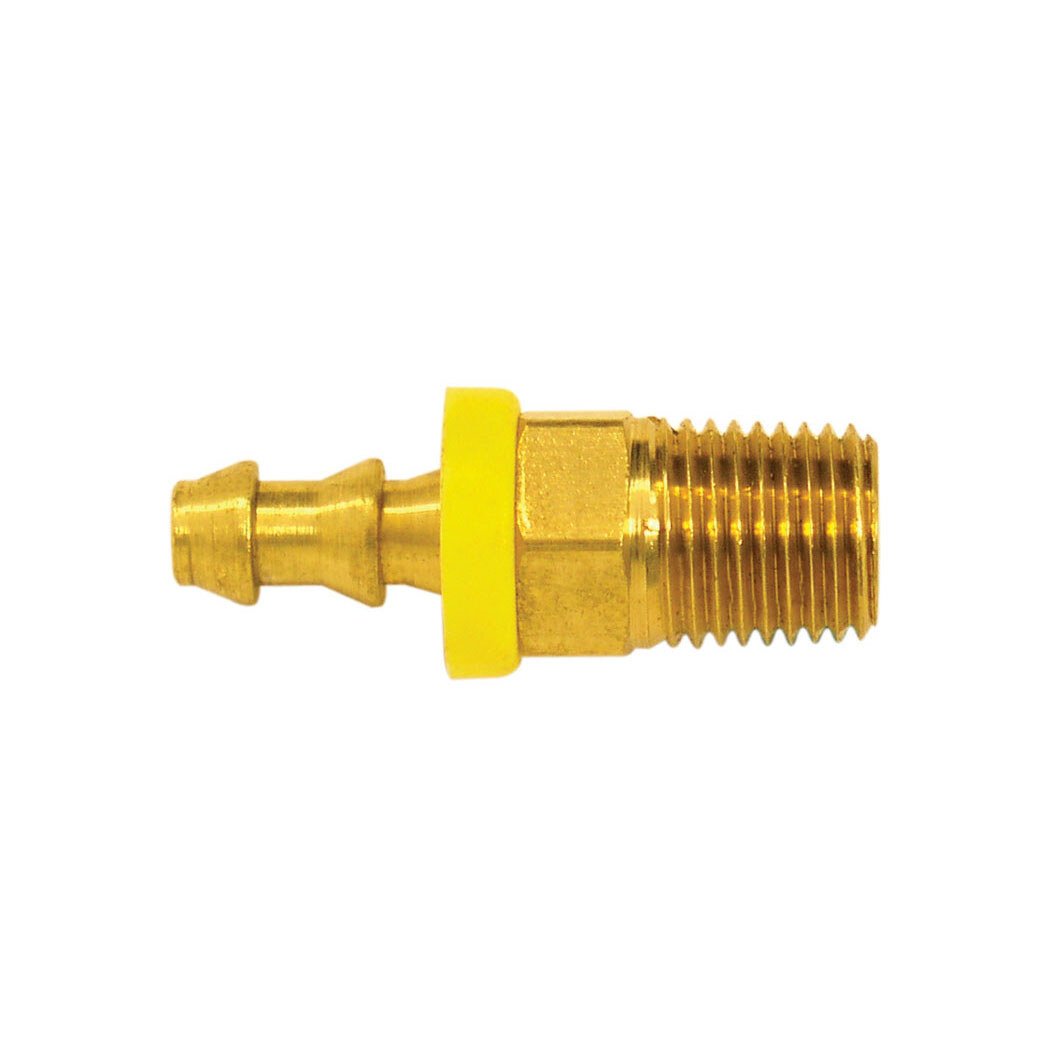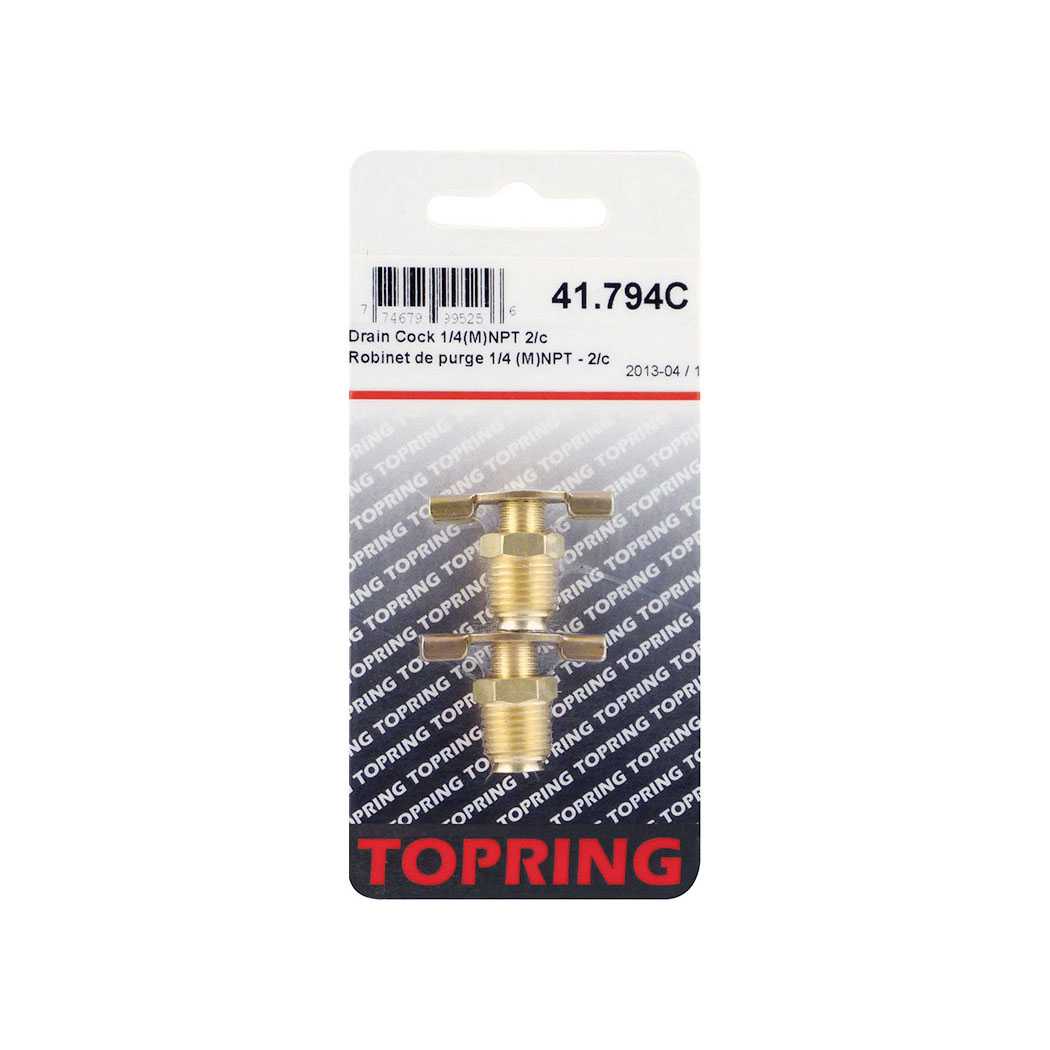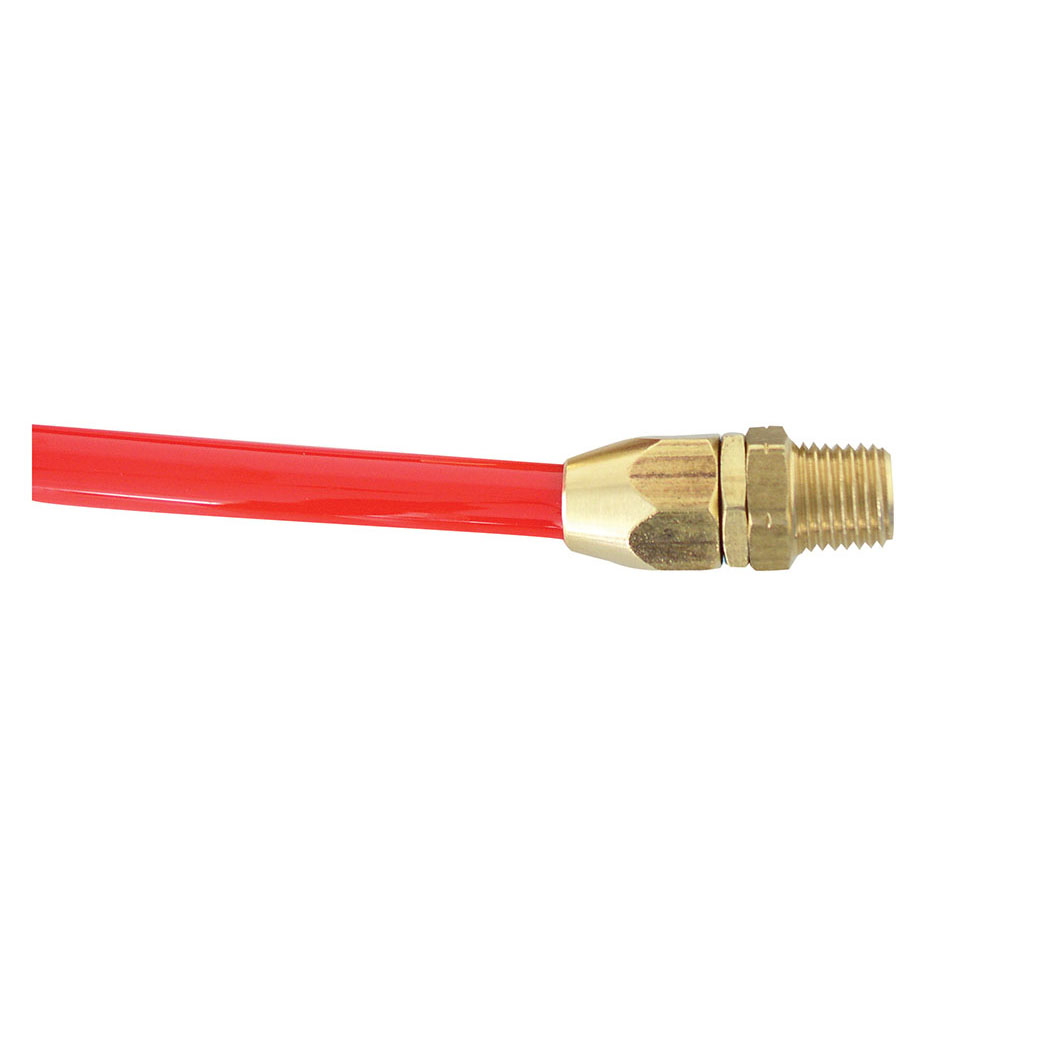Fittings and Hose Clamps
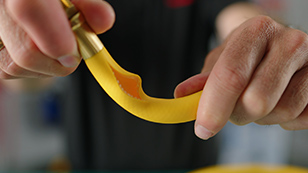
- …
Comprehensive Guide to Fittings and Hose Clamps for Compressed Air Systems
Fittings and hose clamps connect pneumatic components, such as compressors, air tanks, water separators, dryers, FRLs, hose reels, hoses, and, in some cases, blowguns.
This category encompasses various fittings made from different materials, including brass, stainless steel, aluminum, and high-quality plastics, each offering unique advantages for specific applications. In this guide, we will focus on a swivel, Push-on, hose barb, ferrules, and drain cocks.
When selecting fittings, pressure rating, temperature compatibility, thread size and type, and overall system requirements should generally be considered. Proper installation and maintenance practices, including regular inspection and cleaning, are also essential for ensuring the longevity and performance of brass fittings in compressed air systems.
Adapters
Swivel Adapters:
Free angle and swivel fittings are components used in various mechanical systems, particularly plumbing, fluid power, and pneumatic applications.
Swivel fittings allow hoses or pipes to rotate without twisting or kinking. They typically consist of male and female threads that allow rotation between them.
They are a great addition to increasing occupational health and safety standards. They can help alleviate carpal tunnel syndrome and back stress, resulting in fewer lost-time injuries, and reduce hand, wrist, elbow, and shoulder stress from heavy or non-flexible air hoses.
Hose Barb Adapters:
Hose barb adapters have barbed ends inserted into the inner diameter of a hose, securing it in place with a clamp or crimping tool. In compressed air systems, hose barb fittings provide reliable connections between hoses and other components and secure connections when connecting two hose ends.
Push-On (or Lock-On) hose barb adapters alleviate the need to use clamps or crimping tools. They are ideal for hose repairs and simplify maintenance operations. It is important to note that Push-On fittings can only be used with Push-On type hoses.
Reducers:
Use a reducer when you need to keep the same profile but reduce the size.
Ferrules:
Ferrules are small, cylindrical metal rings that secure hoses onto barbed fittings. They help ensure a secure and leak-free connection, enhancing the pneumatic system's reliability.
Drain Cocks:
Drain cocks are fittings that feature a threaded valve that can be opened or closed to release excess moisture or condensate from compressed air systems. They are essential for maintaining optimal air quality and preventing corrosion and damage to pneumatic equipment.
Plugs:
End caps or plugs seal or close off the ends of pipes, fittings, or ports, ensuring a secure and leak-free system. They come in a variety of shapes.
Hose Clamps
Screw Clamps: Versatile and Adjustable
Screw or band clamps are perhaps the most recognizable type of hose clamp. Consisting of a stainless steel band and a screw mechanism, these clamps offer versatility and adjustability, making them suitable for various applications within compressed air systems.
Benefits:
- Tight and secure grip: Screw clamps provide a secure hold around the hose, minimizing the risk of leakage.
- Precise adjustment: The screw mechanism allows for precise tightening, accommodating hoses of various sizes and materials.
- Versatile sealing: Whether it’s rubber, PVC, or silicone hoses, screw clamps offer a reliable seal for different applications.
Ear Clamps: Reliable and Space-Saving
Ear clamps, or pinch or spring clamps, offer a different approach to securing hoses in compressed air systems. Unlike screw clamps, which require a tool for tightening, spring clamps feature a unique design that allows them to be effortlessly installed by hand.
Benefits:
- Secure installation: Spring clamps are crimped onto the hose using specialized pliers, ensuring a tight and secure fit.
- Minimized leakage risk: The clamp's spring action maintains pressure on the hose, reducing the likelihood of leaks.
- Compact design: Spring clamps are small and perfect for limited-space applications.


